Toyota Drowns In Orders For Game Changing Engineering Feat Prius C

When I called Toyota’s new Aqua / Prius C affordable compact hybrid first a “gamechanger”, then an “engineering feat,” this attracted the attention of self-styled jargon vigilantes. They demanded equal platitudes to be bestowed on domestic models. In the meantime, the Japanese game changer threatens to change Toyota’s best laid plans: It sells ten times better than expected.
Someone at Toyota told The Nikkei [sub] today that the company “received about 120,000 orders for its new Aqua compact hybrid between its Dec. 26 release and Jan. 31, 10 times the monthly sales target of 12,000 vehicles.” Toyota markets the car as the Aqua in Japan. In the U.S. and other markets, it will be called Prius C.
These orders go on an already big pile. When the car was formally launched on December 26 in Tokyo, Toyota “had received orders for 60,000 Aqua hybrid cars ahead of its launch,” says the Wall Street Journal. At that time, the waiting period for the car after an order was placed was said to be four months.
The onslaught of orders puts Toyota in a quandary. Not only have they planned for 12,000 units a month.These plans are also hard to, well, change. As Prius C Project Manager, Masahiko Yanagihara , had patiently explained to this reporter, the Aqua/Prius C is being built in the Iwate plant of subsidiary Kanto Auto Works in Kanegasaki. This plant has a maximum capacity of 30,000 units a month, if Toyota pulls out all the stops and works overtime. However, the plant also makes “other cars, such as the Ractis, Belta, Blade etc.” Until Toyota finds ways to expand its production capacity, the car will remain in short supply.
This shortage will only be exacerbated when the car is launched worldwide this year, while production remains back in Japan. Dubbed as “the world’s most fuel efficient hybrid car,” the Prius C is slated for sale in 50 countries, including the U.S. In Europe, Toyota will release a new small hybrid based on the Yaris compact. It will use the same hybrid system as the Aqua. Timing for the overseas launch has not been released. In the U.S., the Prius C is said to have a starting price of around $19,000. A look at gasoline prices and world news says that an affordable 53 mpg (EPA, city) car could not have come at a better time. If there would not be that bottleneck called Iwate. And the Yen.
Toyota has been hesitant in establishing hybrid production outside of Japan. The numbers seem to back this up. The Prius is Japan’s best selling car. This year, the title could go to the Aqua/Prius C. Outside of Japan, hybrids are still a niche play. The market share of hybrids in the U.S. was 2.11 percent in 2011, down from 2.78 percent in 2009. The Prius C is the little car that could change that.

Bertel Schmitt comes back to journalism after taking a 35 year break in advertising and marketing. He ran and owned advertising agencies in Duesseldorf, Germany, and New York City. Volkswagen A.G. was Bertel's most important corporate account. Schmitt's advertising and marketing career touched many corners of the industry with a special focus on automotive products and services. Since 2004, he lives in Japan and China with his wife <a href="http://www.tomokoandbertel.com"> Tomoko </a>. Bertel Schmitt is a founding board member of the <a href="http://www.offshoresuperseries.com"> Offshore Super Series </a>, an American offshore powerboat racing organization. He is co-owner of the racing team Typhoon.
More by Bertel Schmitt
Latest Car Reviews
Read moreLatest Product Reviews
Read moreRecent Comments
- Probert They already have hybrids, but these won't ever be them as they are built on the modular E-GMP skateboard.
- Justin You guys still looking for that sportbak? I just saw one on the Facebook marketplace in Arizona
- 28-Cars-Later I cannot remember what happens now, but there are whiteblocks in this period which develop a "tick" like sound which indicates they are toast (maybe head gasket?). Ten or so years ago I looked at an '03 or '04 S60 (I forget why) and I brought my Volvo indy along to tell me if it was worth my time - it ticked and that's when I learned this. This XC90 is probably worth about $300 as it sits, not kidding, and it will cost you conservatively $2500 for an engine swap (all the ones I see on car-part.com have north of 130K miles starting at $1,100 and that's not including freight to a shop, shop labor, other internals to do such as timing belt while engine out etc).
- 28-Cars-Later Ford reported it lost $132,000 for each of its 10,000 electric vehicles sold in the first quarter of 2024, according to CNN. The sales were down 20 percent from the first quarter of 2023 and would “drag down earnings for the company overall.”The losses include “hundreds of millions being spent on research and development of the next generation of EVs for Ford. Those investments are years away from paying off.” [if they ever are recouped] Ford is the only major carmaker breaking out EV numbers by themselves. But other marques likely suffer similar losses. https://www.zerohedge.com/political/fords-120000-loss-vehicle-shows-california-ev-goals-are-impossible Given these facts, how did Tesla ever produce anything in volume let alone profit?
- AZFelix Let's forego all of this dilly-dallying with autonomous cars and cut right to the chase and the only real solution.






















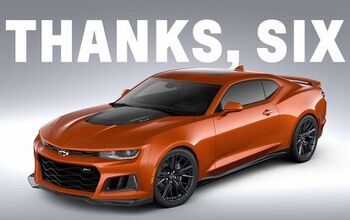

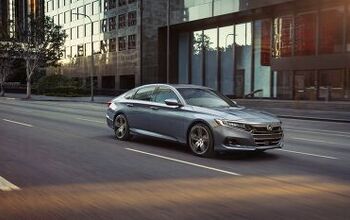



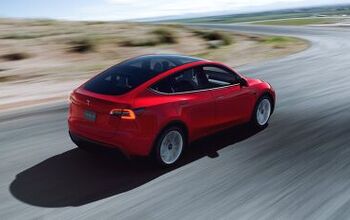
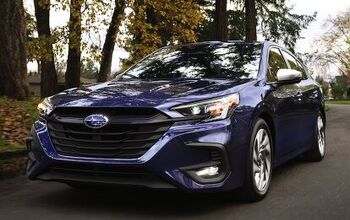
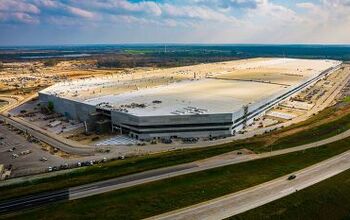

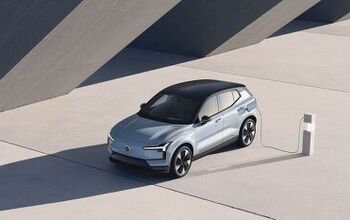
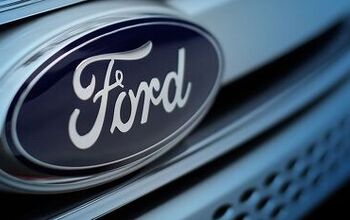
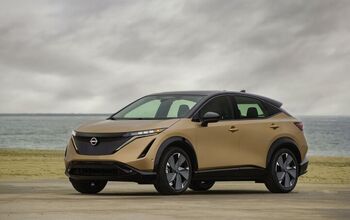
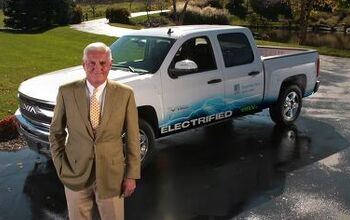
Comments
Join the conversation
I have to question Toyota management on this one. They had to know how successful a more compact and cheaper hybrid would be. There are a lot of people out there who want such a hybrid to lessen the pollution on their crowded cities or countries alone, never mind saving costs on gas that is way more expensive than here and being wasted away in traffic jams. Is it innate conservatism that makes them want to relatively slowly devote production resources to it? Do they think it's going to cannibalize sales of the best-selling car in Japan or other, higher-margin vehicles? Are they afraid of going all-out to grab market share from the other Japanese auto makers because they think that's going to lead to a price war like in the States with all those rebates on cars and trucks? Of course there are lots of factors that go into making these decisions. It's just that we don't know the reasoning behind them, like when I wonder why they decided to maybe forgo a year or year-and-a-half of Prius C production by making the battery smaller instead of raising the roof to the detriment of drag coefficient numbers.
I wonder if the C is going to cannibalize sales of the regular Prius to some extent. For some people, the attraction is probably in the 50mpg rating. These people may not mind a smaller car and might enjoy the cheaper base price.